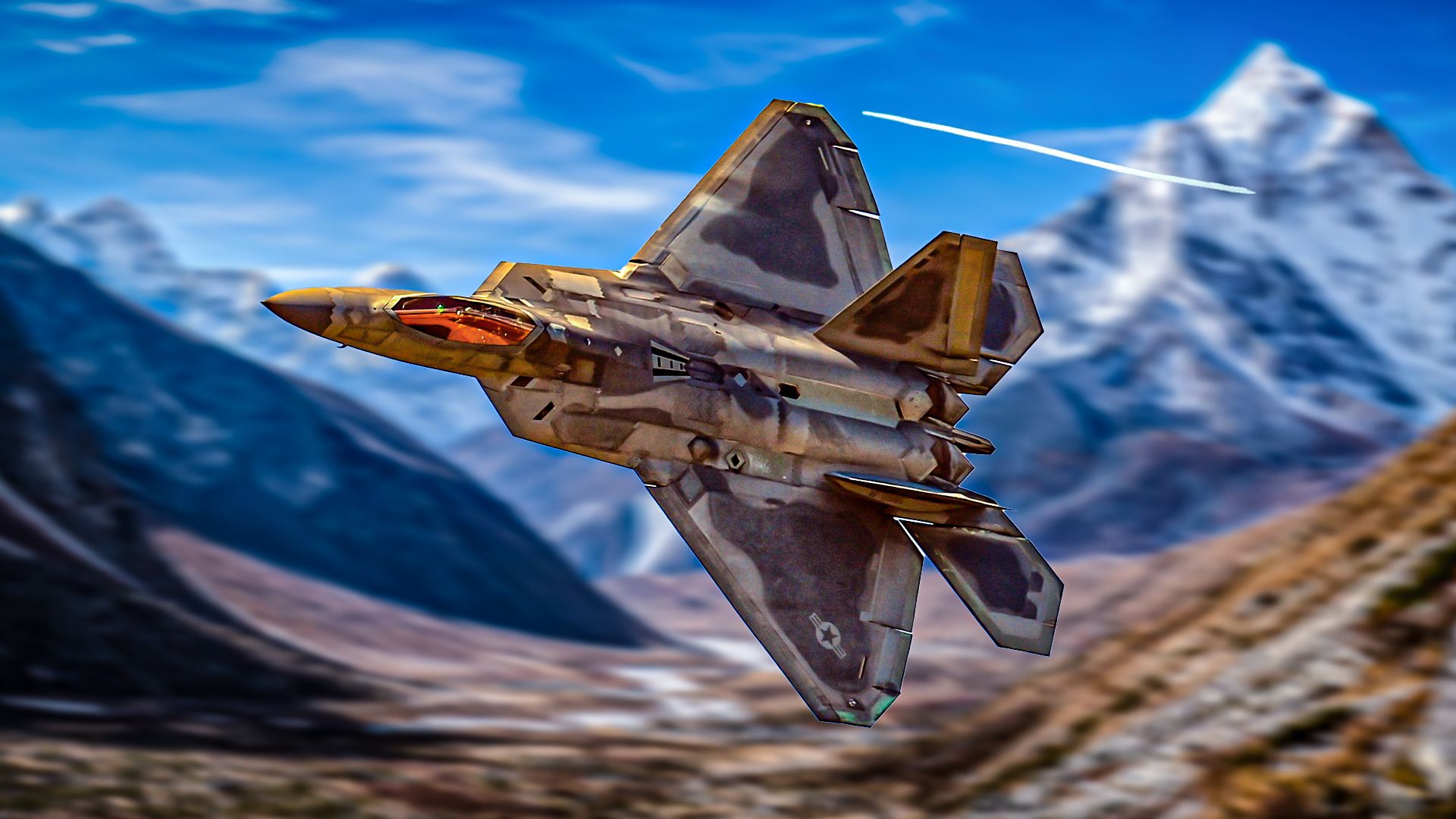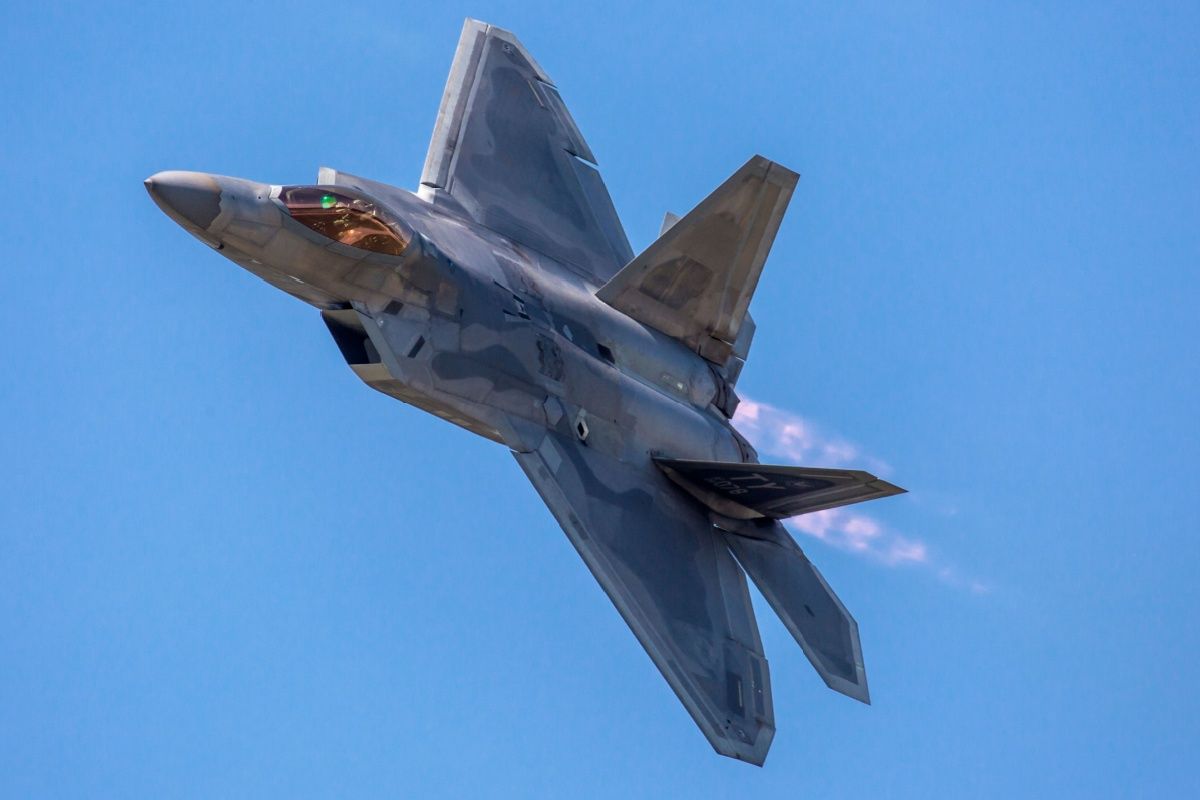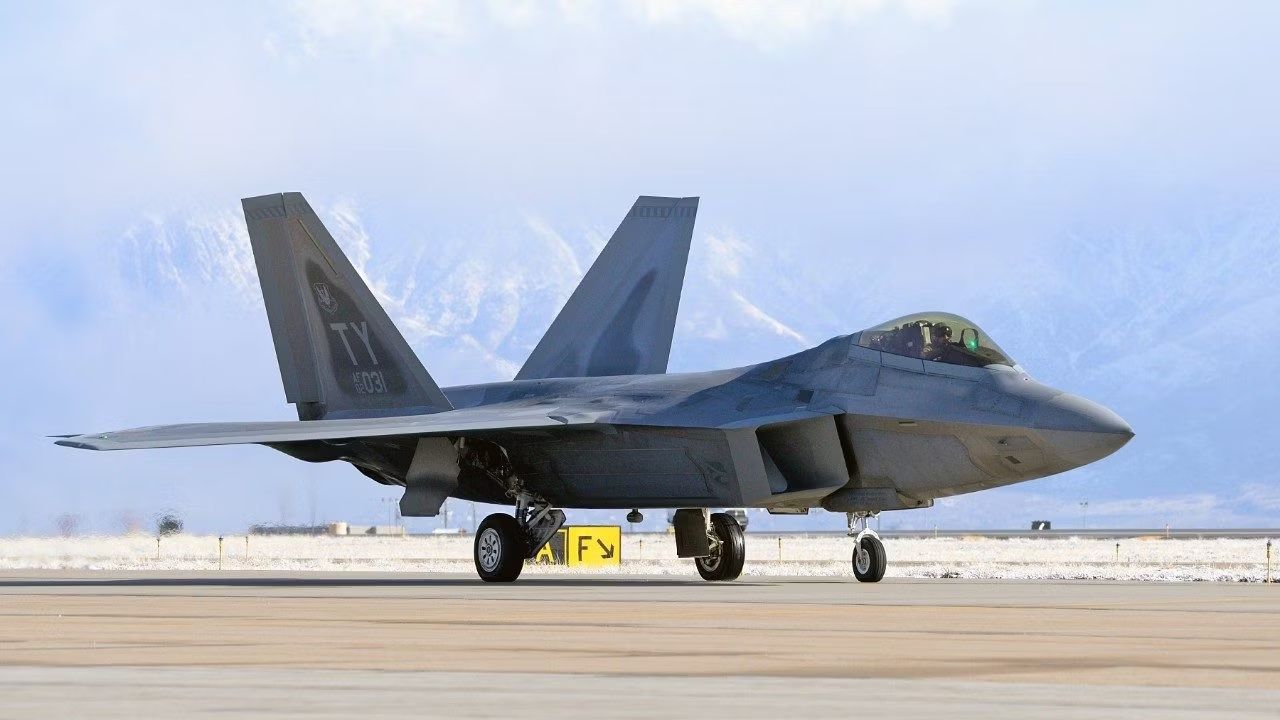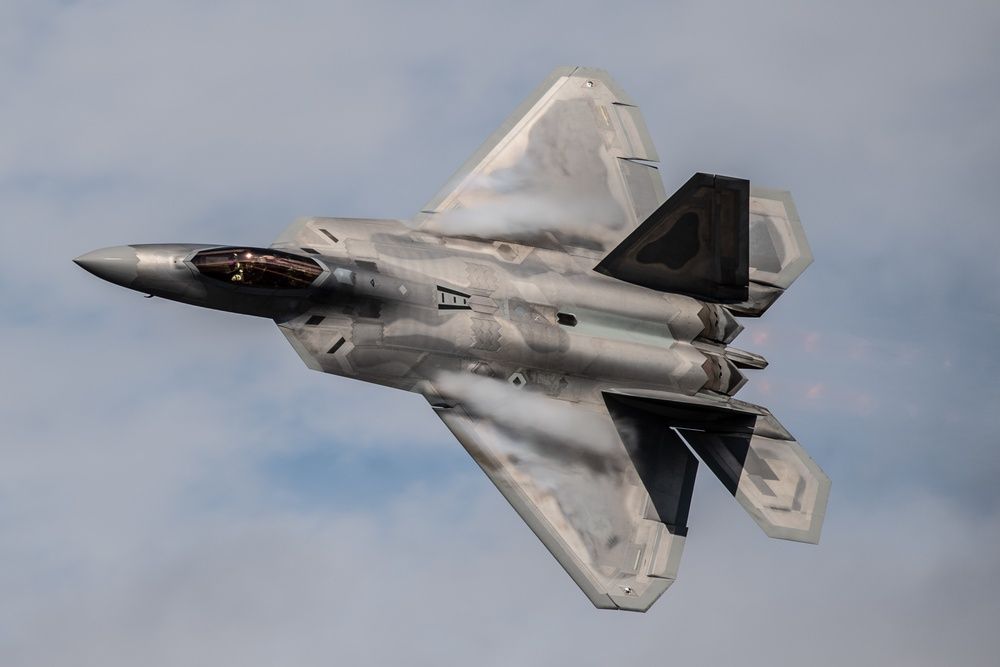Summary
- The F-22 remains exclusive to the US due to classified stealth tech to prevent foreign threats.
- Congress voted to forbid the sale of F-22 Raptors to foreign countries in 1998.
- China and Russia pose major threats to US stealth tech, which might compromise F-22 security.
Some of the most popular US-manufactured fighter jets are known to be exported to and operated by a wide range of foreign air forces. Whether the General Dynamics F-16 or the state-of-the-art Lockheed Martin F-35 Lightning II, foreign governments acquire these jets to protect their airspace and support military forces.
However, the export situation is quite different for the Lockheed Martin F-22 Raptor. The advanced tactical fighter is solely operated by the United States Air Force (USAF), which has 183 examples in its inventory across various air commands. So, why did the US never export the F-22 Raptor to foreign forces? Simple Flying explores the top reasons for keeping highly classified aircraft at home.
1
Packed with classified technology
F-22 Raptor Armament
- An M61A2 20-millimeter cannon with 480 rounds
- Internal side weapon bays carriage of two AIM-9 infrared (heat seeking) air-to-air missiles
- Internal main weapon bays carriage of six AIM-120 radar-guided air-to-air missiles (air-to-air loadout) or
- Two 1,000-pound GBU-32 JDAMs
- Two AIM-120 radar-guided air-to-air missiles (air-to-ground loadout)
The F-22 Raptor is a fifth-generation air superiority platform featuring highly classified stealth technology. It is the first aircraft to combine stealth and integrated avionics with supercruise and supermaneuverability to achieve a superior level of combat and extreme mission survivability. According to the Air Force,
“The F-22, a critical component of the Global Strike Task Force, is designed to project air dominance, rapidly and at great distances and defeat threats attempting to deny access to our nation’s Air Force, Army, Navy and Marine Corps. The F-22 cannot be matched by any known or projected fighter aircraft.”
Photo: BlueBarronPhoto l Shutterstock
Unlike other major fighter platforms, the F-22 was never designed to be exported to foreign countries. As such, classified technologies (most of which are greatly protected) were incorporated into the design. The USAF and the US government aim to protect the technology against foreign threats, particularly from nations that could use it against the United States. With the F-22’s designed mission to assess and protect against any enemy threat, the government would rather keep the technology closely guarded.
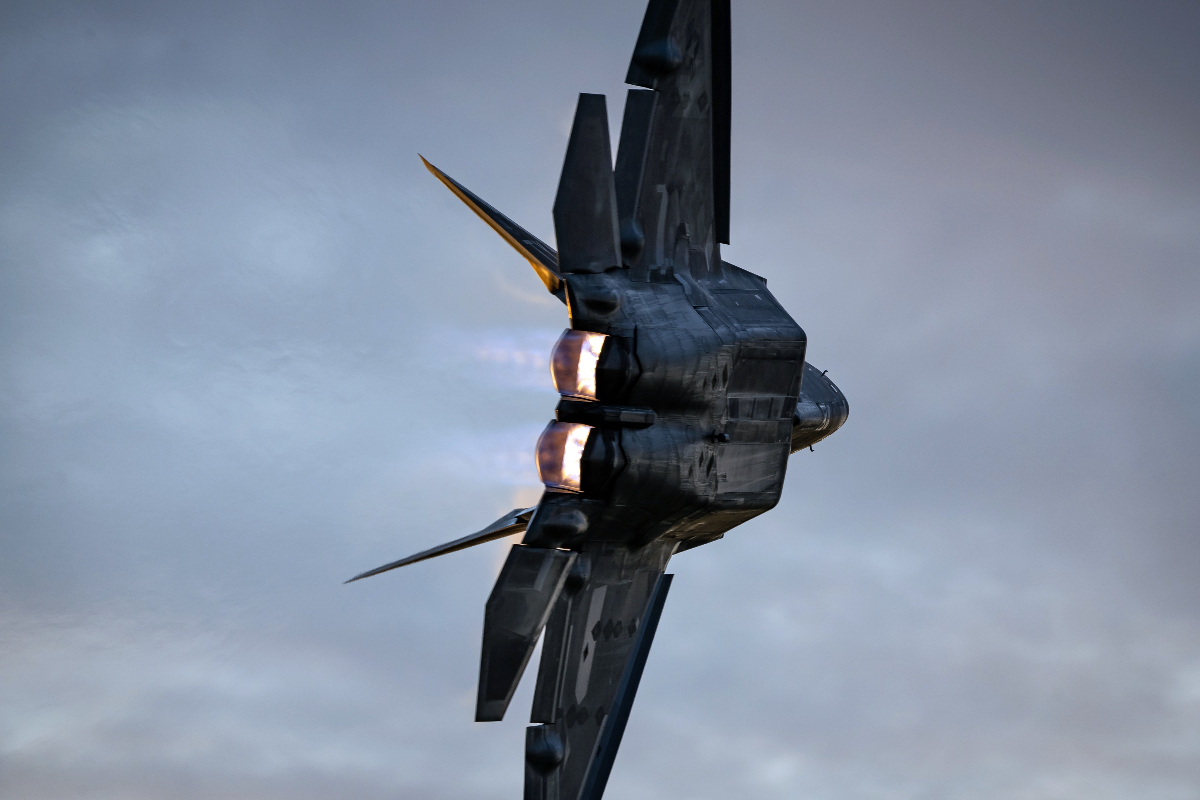
Related
New Bill Blocks US Air Force F-22 Retirements & Adds $271 Million To Buy 24 Boeing F-15EXs
The Congress committee is moving to prevent the Air Force from retiring its Block 20 F-22s while increasing the purchase of F-15EXs.
2
Congress’s vote on the amendment
The vote came in 1998 to forbid any foreign export
- Primary function: air dominance, multirole fighter
- Contractor: Lockheed-Martin, Boeing
- Power plant: two Pratt & Whitney F119-PW-100 turbofan engines with afterburners and two-dimensional thrust vectoring nozzles.
- Thrust: 35,000-pound class (each engine)
- Wingspan: 44 feet, 6 inches (13.6 meters)
- Length: 62 feet, 1 inch (18.9 meters)
- Height: 16 feet, 8 inches (5.1 meters)
- Weight: 43,340 pounds (19,700 kilograms)
- Maximum takeoff weight: 83,500 pounds (38,000 kilograms)
Over the decades, Australia, Israel, Japan, and other countries have repeatedly asked the US government about the potential export of the F-22 Raptor, but they have always been turned down. The government will not entertain the idea of a foreign export. The United States remains the leader in stealth technology and would like to keep it that way.
Photo: United States Air Force
In 1998, Congress voted on an amendment that explicitly prevented the sales of Lockheed Martin F-22 Raptors to foreign nations. According to the United States Congress,
“None of the funds made available in this Act may be used to approve or license the sale of F-22 advanced tactical fighter to any foreign government.”
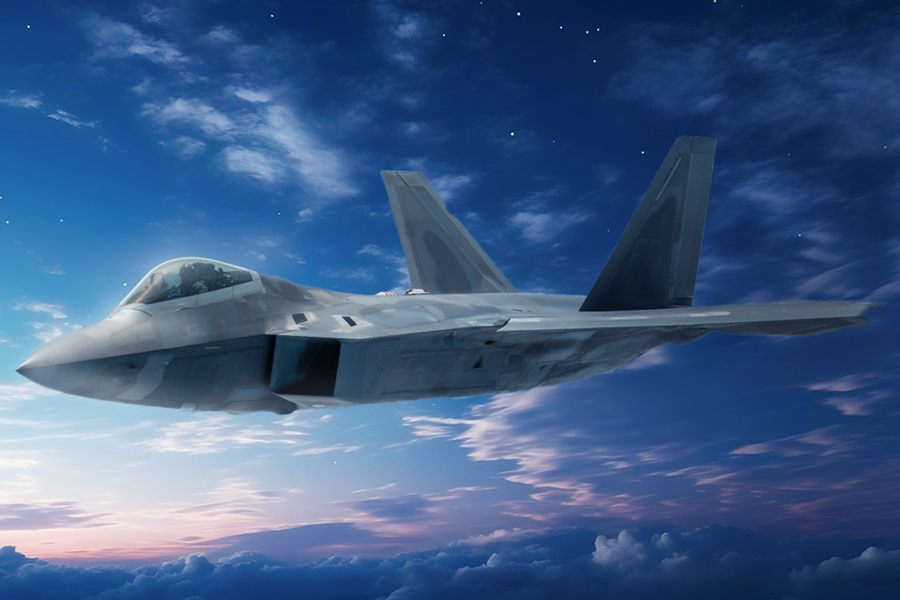
Related
Can Any Jet Beat The F-22 Raptor?
The F-22 Raptor is powered by some of the most powerful and capable jet engines in history.
As reported by Sandboxx, China and Russia pose major threats to US stealth technology, particularly because the two nations do not waste any opportunity for infringement. In 2016, China reportedly used insider sources and planned cyber espionage to secure the F-22, F-35, and C-130 blueprints. While any copyright actions remain unknown, a piece of highly classified information pertaining to stealth technology platforms was reportedly compromised. The US government ensures that foreign nations do not advance their militaries through the illegal use of US technology.
3
A somewhat unpleasant history
Design characteristics
- Fuel capacity: internal: 18,000 pounds (8,200 kilograms); with two external wing fuel tanks: 26,000 pounds (11,900 kilograms)
- Payload: same as armament air-to-air or air-to-ground load-outs, with or without two external wing fuel tanks.
- Speed: Mach two class with supercruise capability
- Range: more than 1,850 miles ferry range with two external wing fuel tanks (1,600 nautical miles)
- Ceiling: above 50,000 feet (15 kilometers)
The US has not always had a pleasant experience exporting its military technology to foreign governments and air forces. In the past, the US exported various technologies of the F-16 Fighting Falcon to Israel, only to have their Lavi fighter platform dissolved. At the time of dissolution, Israel sold related technologies to China. The Chinese-manufactured J-10, a highly capable fighter jet, is largely based on the F-16 technology and framework.
Photo: USAF
Communist Venezuela is still using US-made F-16s to protect the skies over it, while Iran uses F-14 Tomcats from before the Iranian revolution. Despite the issues, the Pentagon has entertained the idea of exporting the F-22 to foreign governments; however, Congress never authorized the funds required to develop the export version of the F-22. While many US military jets are exported, the F-22 Raptor remains secure at home.
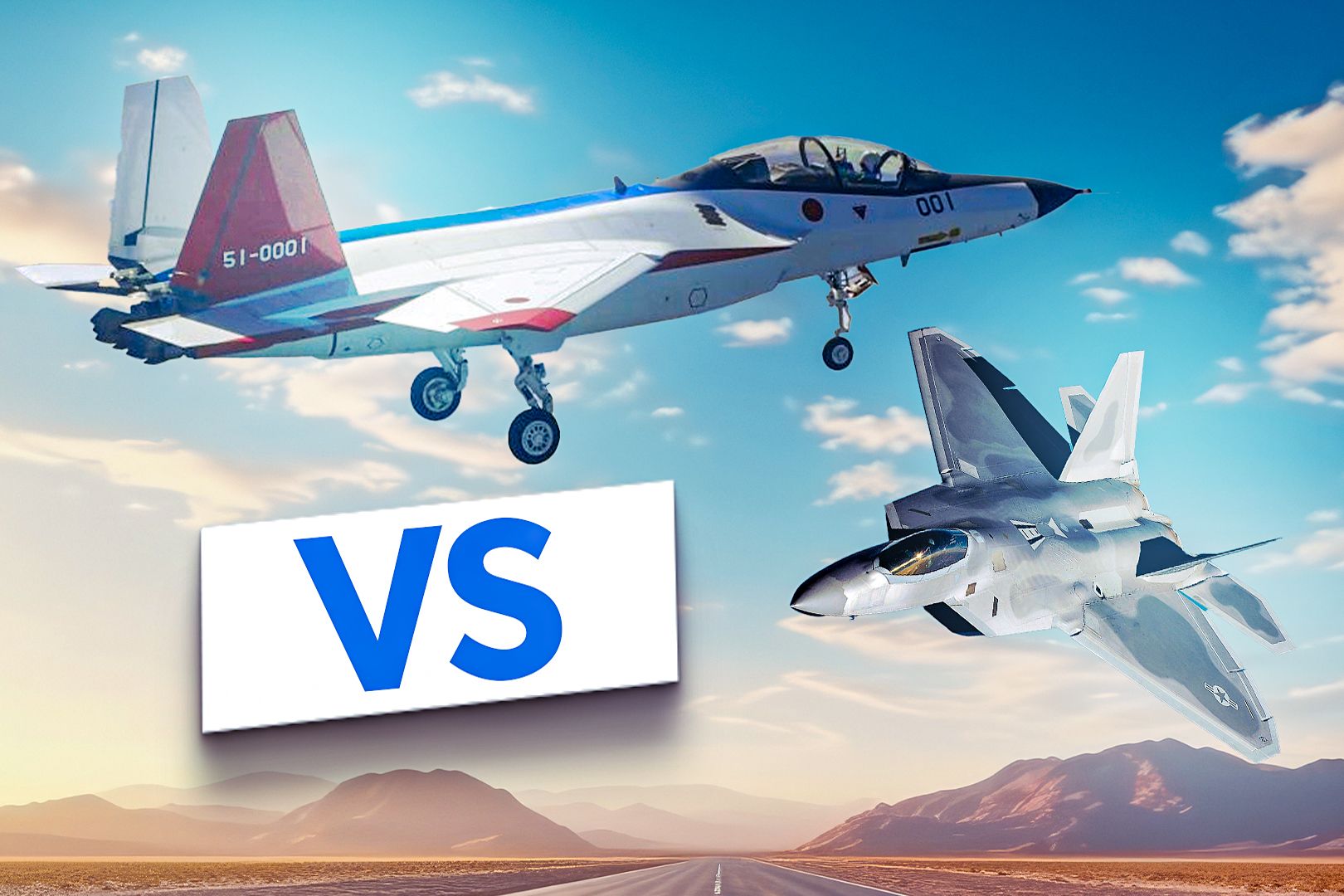
Related
X-2 Shinshin Vs. F-22 Raptor: Why Japan Went Its Own Way On A New Stealth Fighter
Japan’s failed bid to secure F-22 Raptors resulted in the nation creating its own stealth fighters.
What do you think about restricting the export of the Lockheed Martin F-22 Raptor to foreign nations? Share your views in the comments section.

